
When it comes to running shoes, few matchups are as evenly matched as New Balance vs. Nike. Both brands have shaped the sport for decades—Nike with its cutting-edge race-day tech, and New Balance with its craftsmanship, comfort, and inclusive sizing.
In a recent WeeViews community survey, 31.3% of runners said they currently log miles in New Balance, while 28.1% lace up Nike. And these aren’t just passing impressions—we’re talking about feedback from runners who’ve tested these shoes on everything from daily miles to race-day efforts.
From the carbon-plated Nike Vaporfly 4 to the max-cushioned New Balance Fresh Foam X More v6, we’ll compare performance, sizing, design, and value—so whether you’re a PR chaser or a comfort-first cruiser, you’ll know which brand deserves a spot in your rotation.
Both New Balance and Nike offer distinct advantages tailored to different runner preferences. New Balance excels in cushioning, stability, and affordability, while Nike leads in speed, lightweight performance, and bold aesthetics. New Balance's classic designs and durable comfort cater to everyday runners, whereas Nike's innovative technologies and vibrant styles tend to appeal more to performance-driven athletes.
Founded in 1964 as Blue Ribbon Sports and officially rebranded as Nike in 1971, this global powerhouse is synonymous with innovation. From the revolutionary Nike Air technology to the lightweight Flyknit upper, Nike consistently pushes the boundaries of footwear design.
Nike's marketing strategy and athlete endorsements have made it one of the most recognized brands worldwide. Their shoes cater to high-performance athletes and trend-conscious consumers alike.
To narrow down the best Nike running shoes of 2025, we pulled from multiple sources:
ReactX foam with forefoot and heel Air Zoom units delivers a soft yet responsive ride. The widened platform improves stability and comfort for varied paces. Suits runners needing a dependable daily trainer for everything from easy miles to steady workouts.
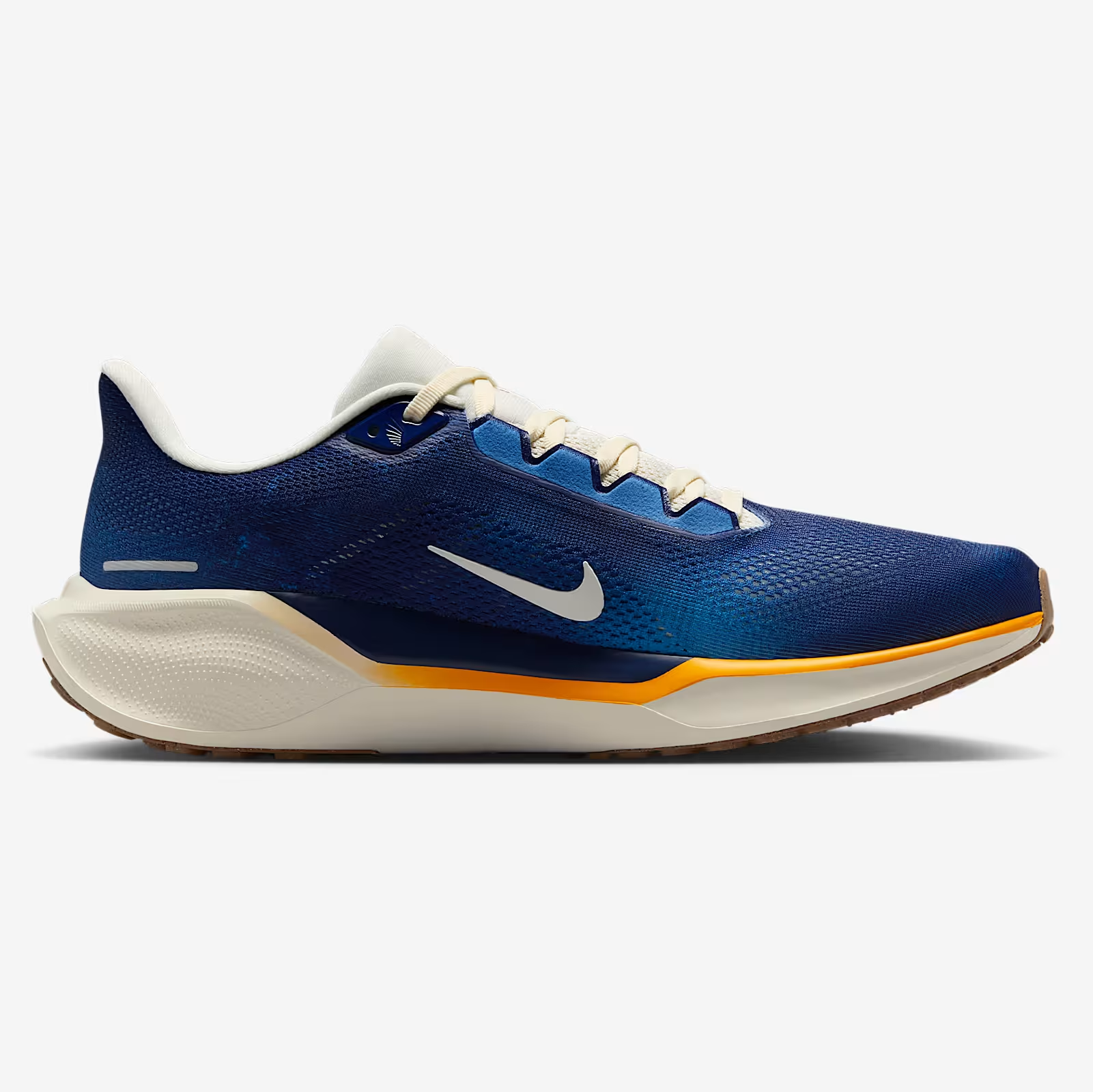
ZoomX over ReactX midsole provides tall, plush cushioning with a stable base for long runs. Durable outsole ensures consistent grip and smooth transitions. Best for high-mileage runners seeking maximum comfort on road surfaces.
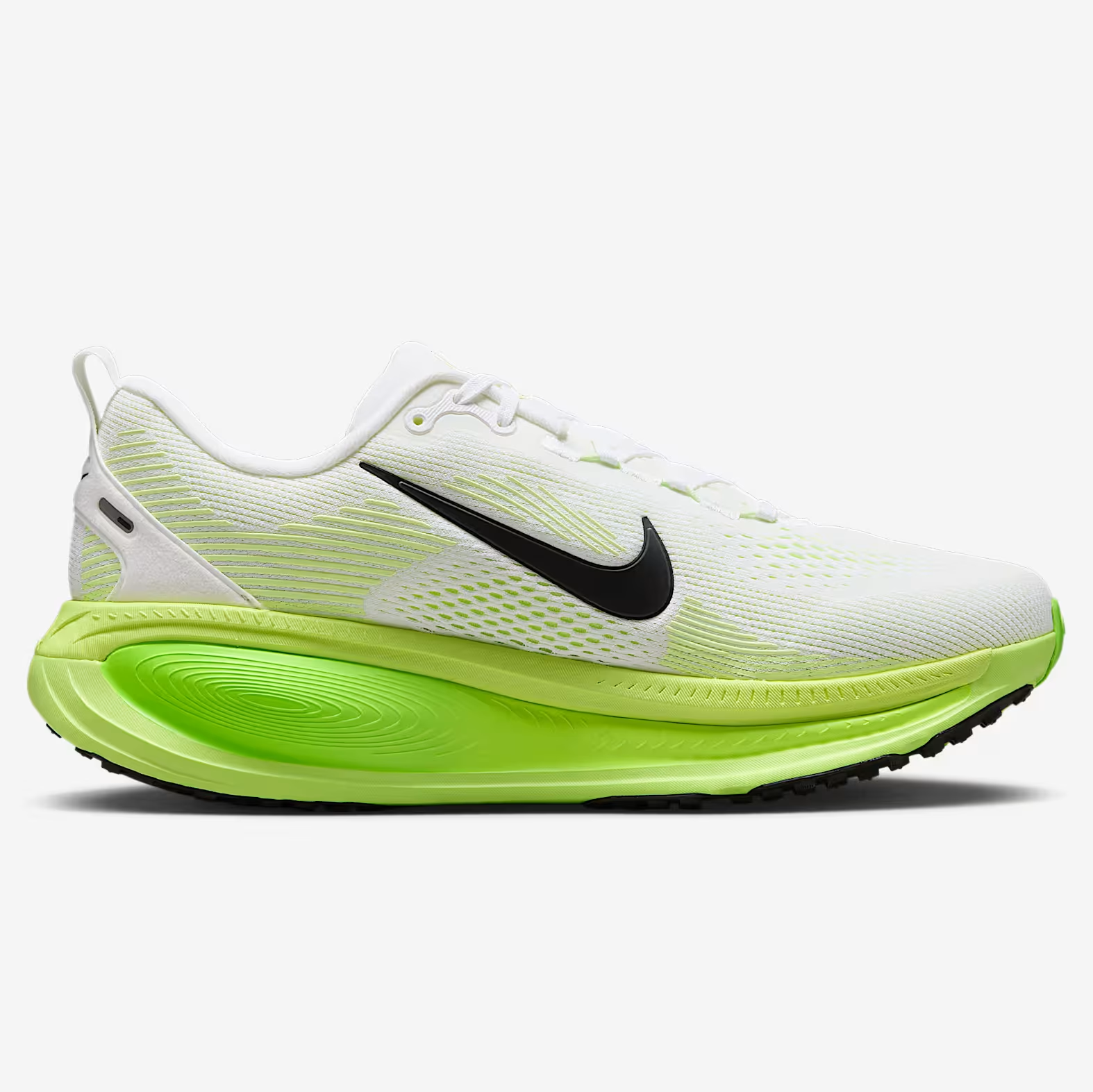
Dual ZoomX layers with a carbon FlyPlate create a stiff, propulsive ride tuned for speed. The soft heel offsets firmness at toe-off. Fits runners who want an uptempo trainer that bridges daily miles and race day performance.
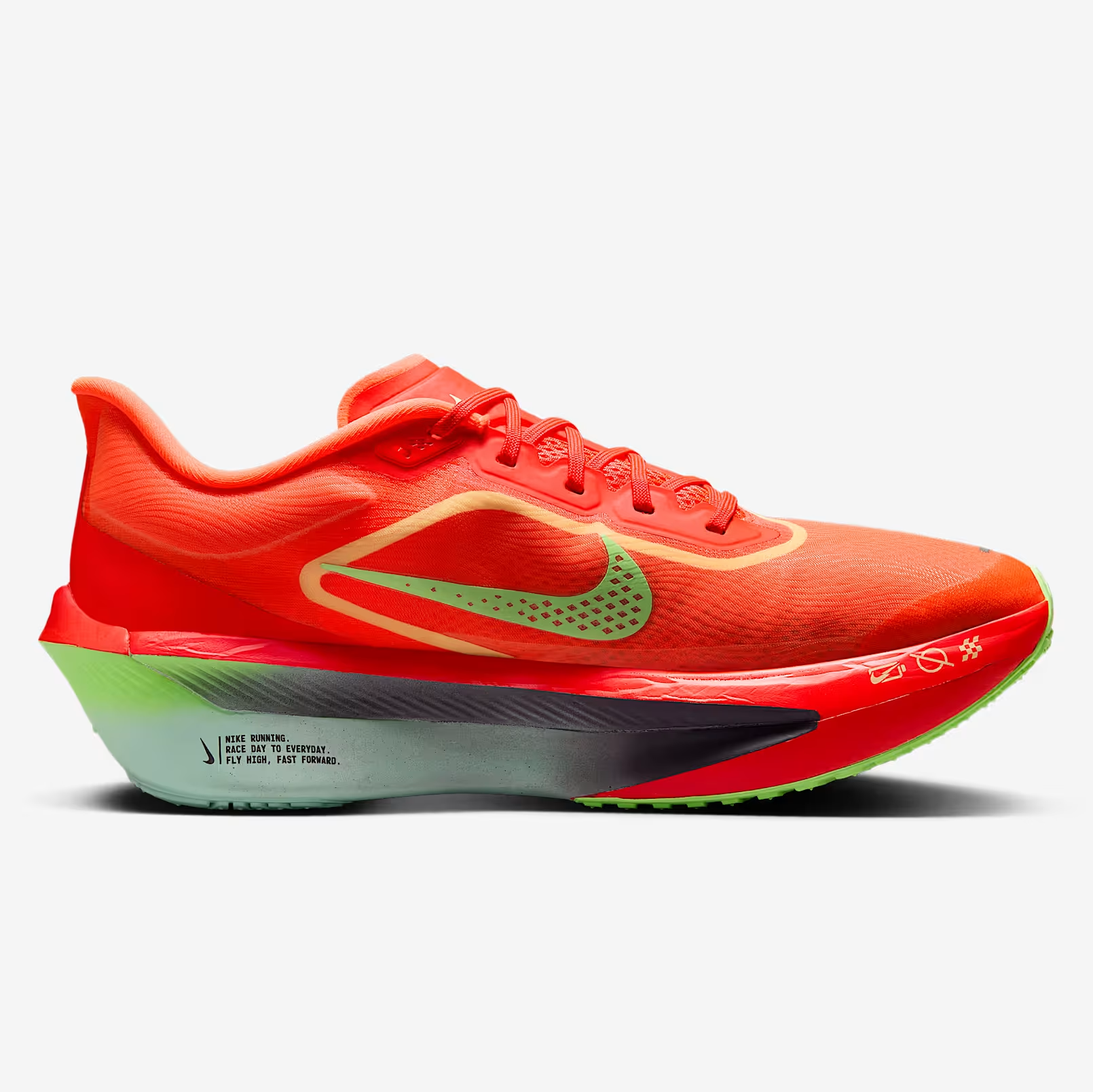
Nike's versatile racing shoe for shorter distances. The Lightweight ZoomX midsole and full-length carbon FlyPlate maximize energy return with minimal weight. Designed for efficiency at fast paces.
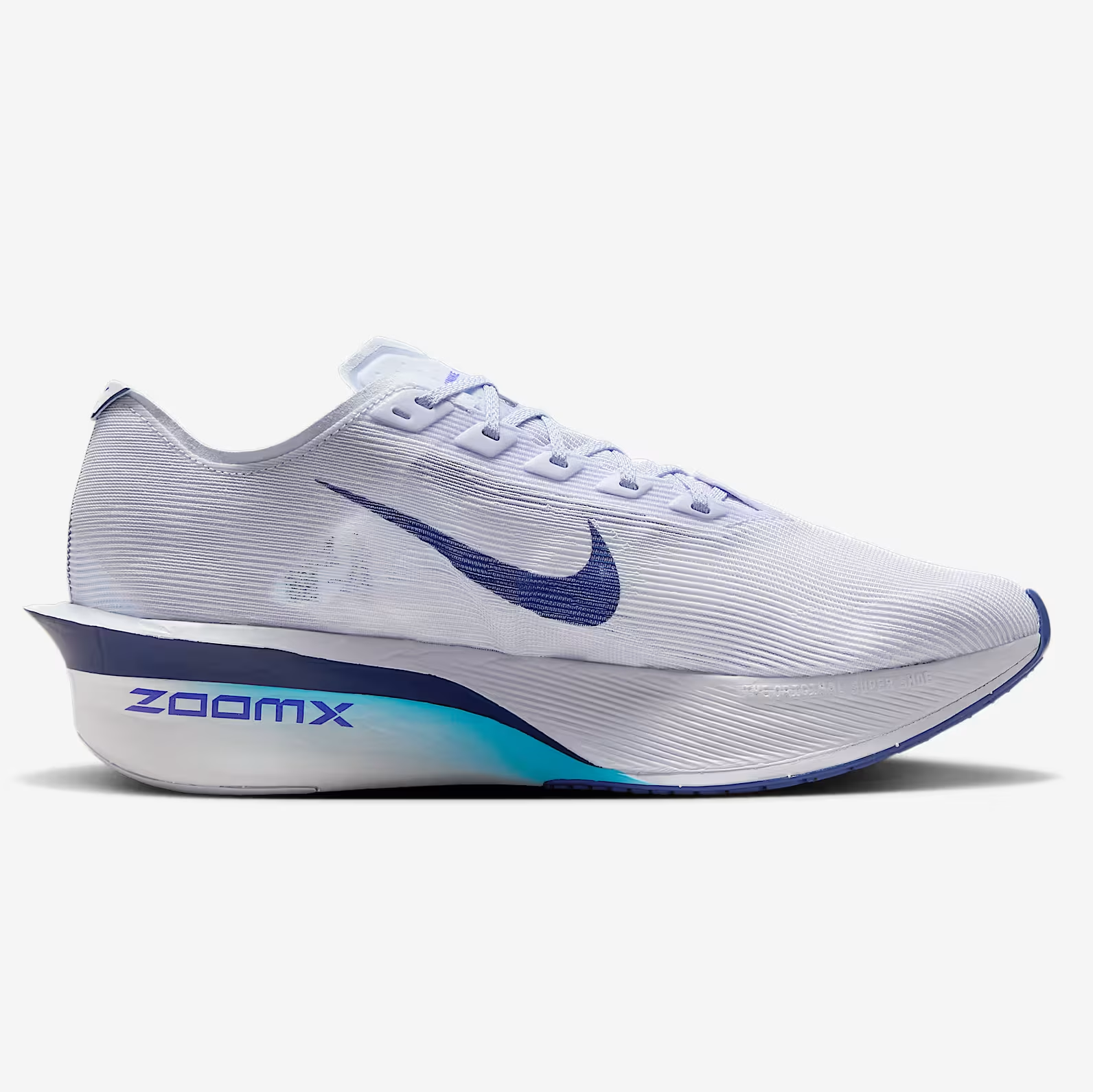
Responsive ReactX foam and multi-surface ATC outsole deliver cushioning and traction for road-to-trail use. Protective yet smooth for mixed terrain. Best for runners who alternate between pavement and light-to-moderate trails.
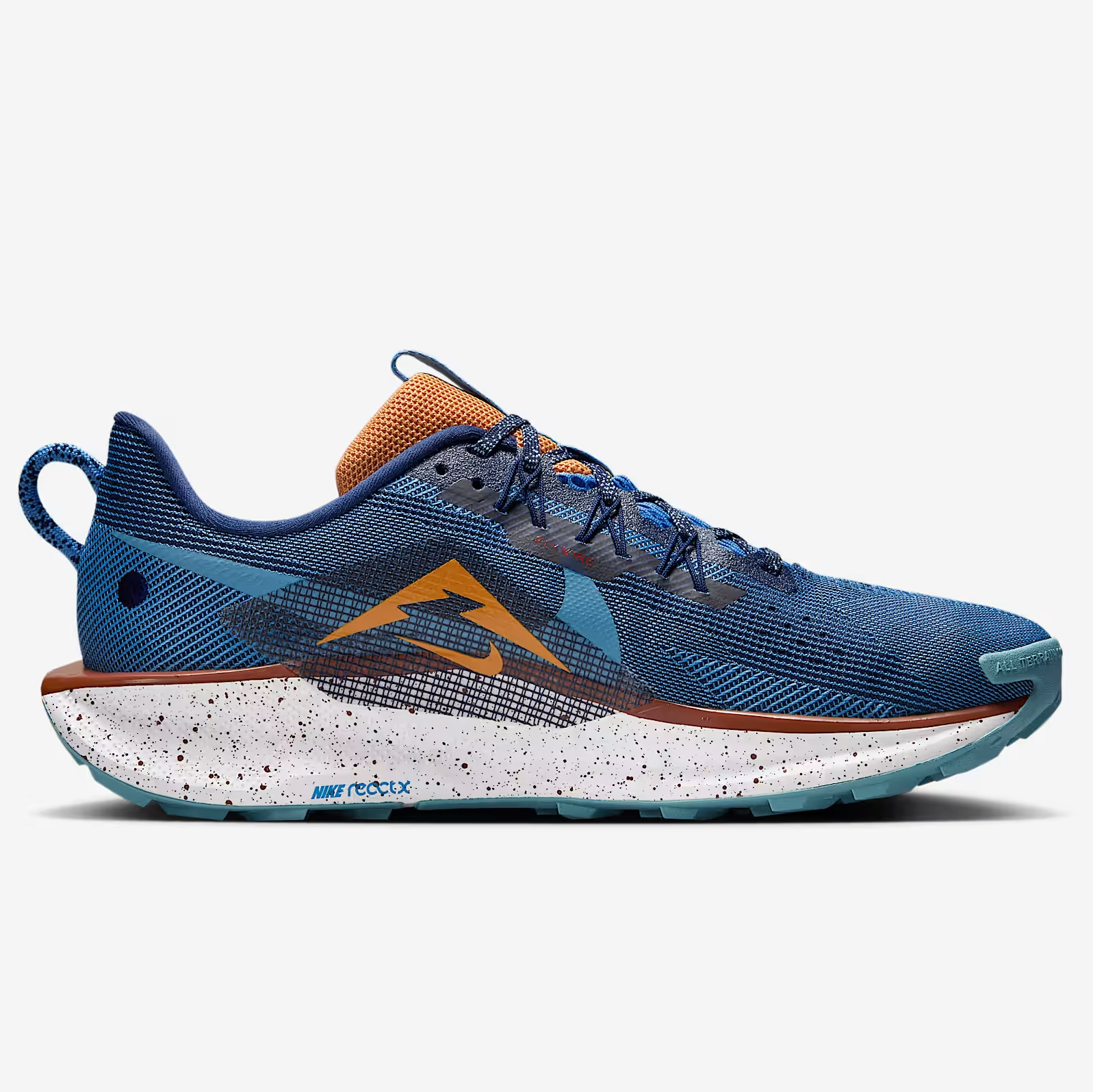
New Balance has been producing quality footwear since 1906, with a strong emphasis on craftsmanship, comfort, and inclusive sizing. Unlike many competitors, New Balance still manufactures some of its products in the U.S. and U.K., ensuring high-quality control and attention to detail.
With a focus on foot health and stability, New Balance is a go-to brand for runners, people with specific sizing needs, and those who prioritize comfort over flashy designs.
If you’re considering New Balance, the appeal starts with fit and feel: multiple widths, stable platforms, and cushioning that holds up over long miles. Below are the models that best showcase those strengths—from neutral daily trainers to supportive stability and race-day options.
Soft Fresh Foam X with a gentle rocker and broad platform for smooth, first-contact cushioning and easy transitions. Suits neutral runners wanting a comfortable daily/long-run workhorse.
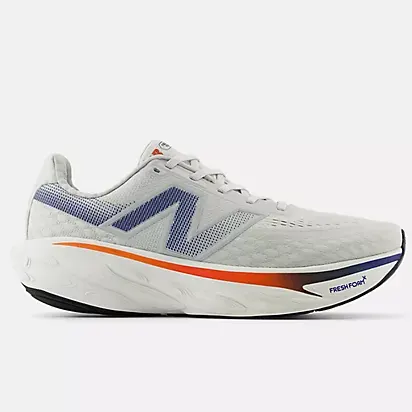
Lightweight FuelCell midsole with a flexible forefoot delivers quick turnover and a low, connected ride. Fits runners who want a nimble trainer for uptempo days that can still handle daily miles.
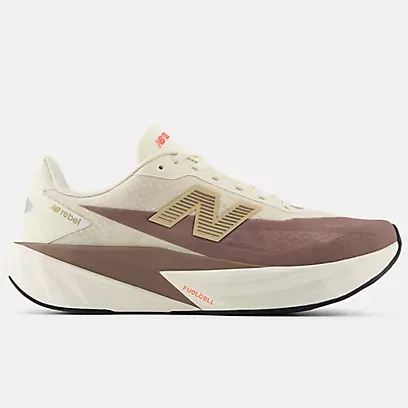
Max-stack Fresh Foam X and a wide base emphasize softness and stability with a smooth rocker. Suits runners prioritizing cushioned protection for easy days, recovery runs, and long mileage.
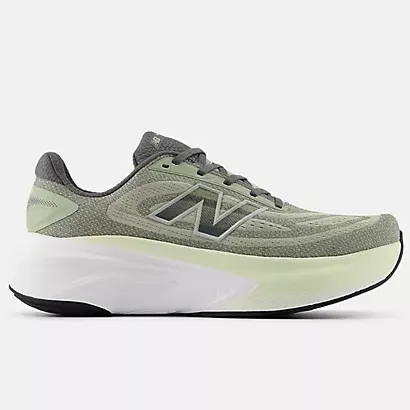
Dual-density setup blends Fresh Foam X cushioning with guidance-oriented support to control excess pronation. Works well for runners needing stable, reliable cushioning for daily road training.
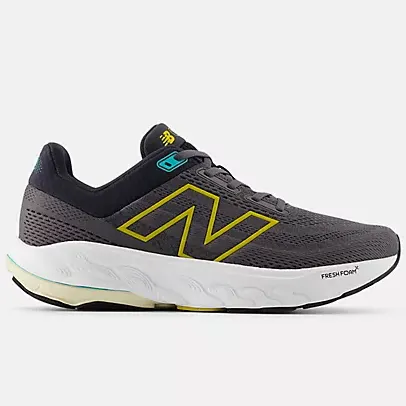
Plated racer with high-rebound FuelCell foam, pronounced rocker, and an energy-return channel for efficient toe-off. Best for marathon/half-marathon efforts where sustained speed and economy matter.

Nike shoes generally run true to size but tend to be slightly narrow. If you have wider feet, you might need to size up or opt for models that offer wider width options. Nike’s commitment to consistency across its lineup makes it easy for loyal customers to pick new models with confidence.
Pros of Nike Sizing:
Cons of Nike Sizing:
New Balance is renowned for its extensive sizing options, offering multiple widths (Narrow, Standard, Wide, Extra-Wide). This makes it an excellent choice for those with unique foot shapes or specific orthopedic needs.
Pros of New Balance Sizing:
Cons of New Balance Sizing:
Sizing Tip: If you have narrow feet and prefer a snug fit, Nike might be a better choice. If you need wider width options or prioritize comfort, New Balance is the way to go.
Nike is known for cutting-edge innovations designed to enhance athletic performance:
Nike shoes are often favored by sprinters, competitive runners, and athletes looking for speed and performance.
New Balance focuses on comfort, durability, and support:
New Balance shoes are popular among distance runners, people with foot conditions, and those who need extra stability.
Nike is at the forefront of fashion-forward sneaker designs. With collaborations featuring top athletes, celebrities, and designers, Nike sneakers often double as streetwear staples.
New Balance takes a more subtle and functional approach to design. While recent collaborations have boosted its streetwear appeal, the brand remains rooted in practicality.
Nike:
New Balance:
Both brands offer excellent customer service, with Nike focusing on high-profile engagement and New Balance excelling in personal touch and tailored customer experiences.
Ultimately, both brands excel in different areas, making the best choice a matter of personal preference and specific needs. Whether you're after high-performance running shoes or a comfortable everyday option, both Nike and New Balance have something to offer.

Login to your account to leave a comment.





We Want to Give it to You!
